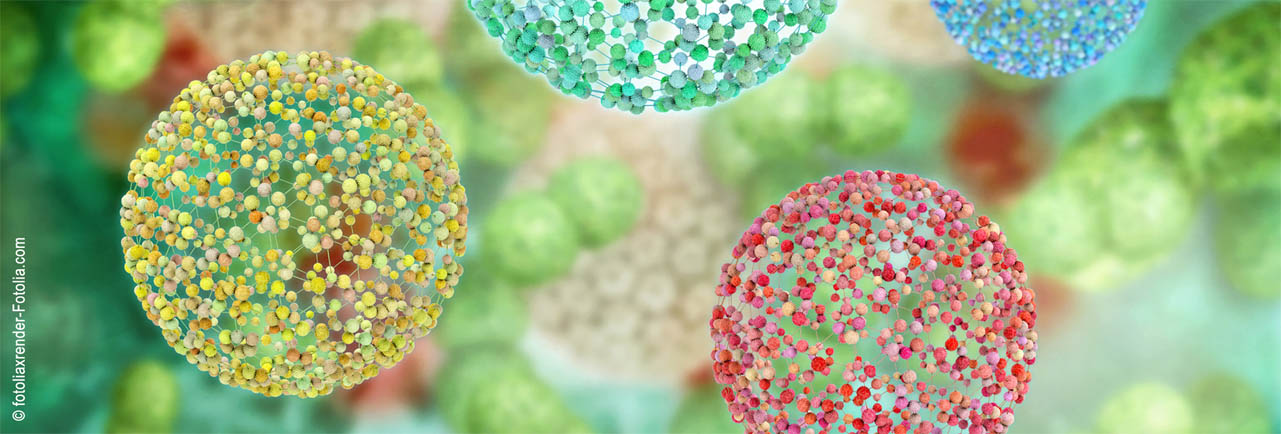Speaker
Description
In the past years, RNA delivery demonstrated its unique advantages over traditional biopharmaceutical and vaccine technology. However, to promote its application, RNA's inherent limitations must be overcome by designing delivery vectors able to protect the RNA cargo from the environment and to transport/release it in proximity to its biological target. Among such systems, lipid nanoparticles (LNPs) are particularly promising. To boost their clinical translation, it is crucial to carefully design the LNP composition and structure, in order to ensure: (i) an efficient complexation/protection of RNA (ii) a high ability of LNP-RNA complex to cross the plasma membrane, escape from the endosomes and release the RNA. To this aim, attaining a deep physicochemical understanding of these systems is crucial, as well as investigating their behavior towards biological interfaces.
In this contribution, we present a new formulation of LNPs based on non-lamellar lipid vectors. The cationic nature of the LNPs is designed to bind siRNA efficiently; the residual positive zeta potential of LNPs-siRNA complexes is designed to ensure enhanced ability to interact with the plasma membrane; finally, the topological characteristics of the nanoparticles, of cubic or hexagonal geometry, are designed to enhance the endosomal escape of the complexes.
To test their potentiality as RNA carriers, their physicochemical, structural, and colloidal properties were characterized, with and without the RNA cargo, using DLS, ζ-Potential, SAXS, and Cryo-EM.
The results here presented will contribute to improve the physicochemical understanding of LNPs vectors and to promote their application as therapeutics.

